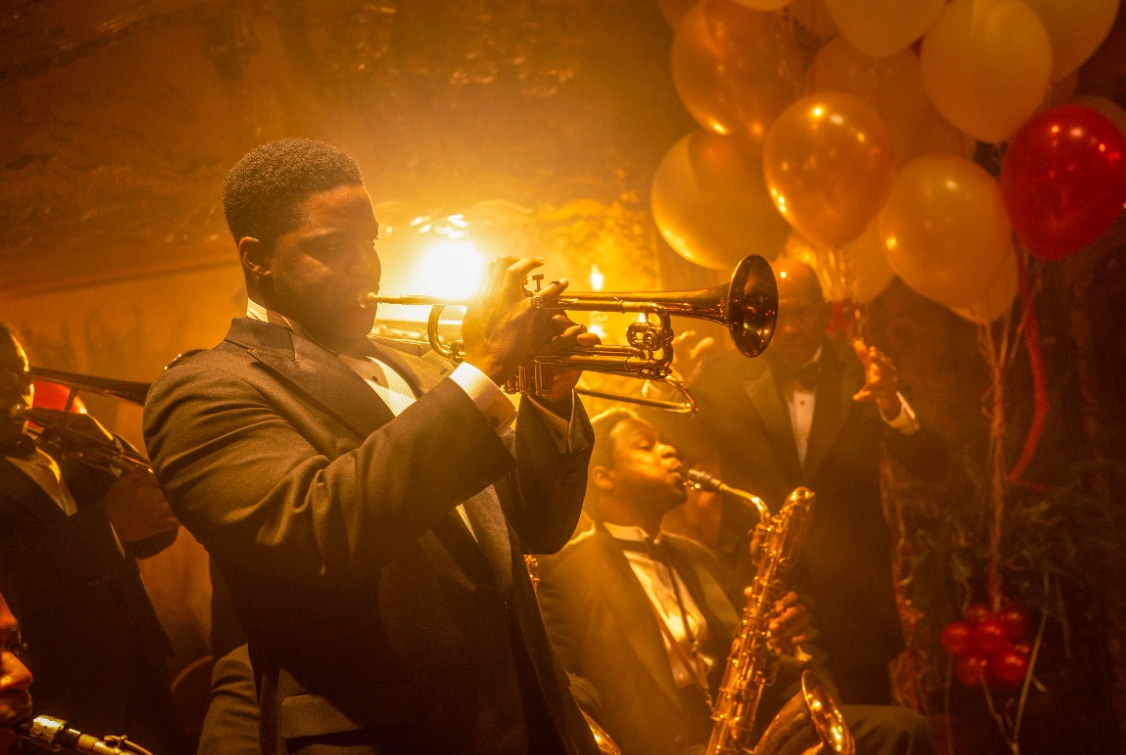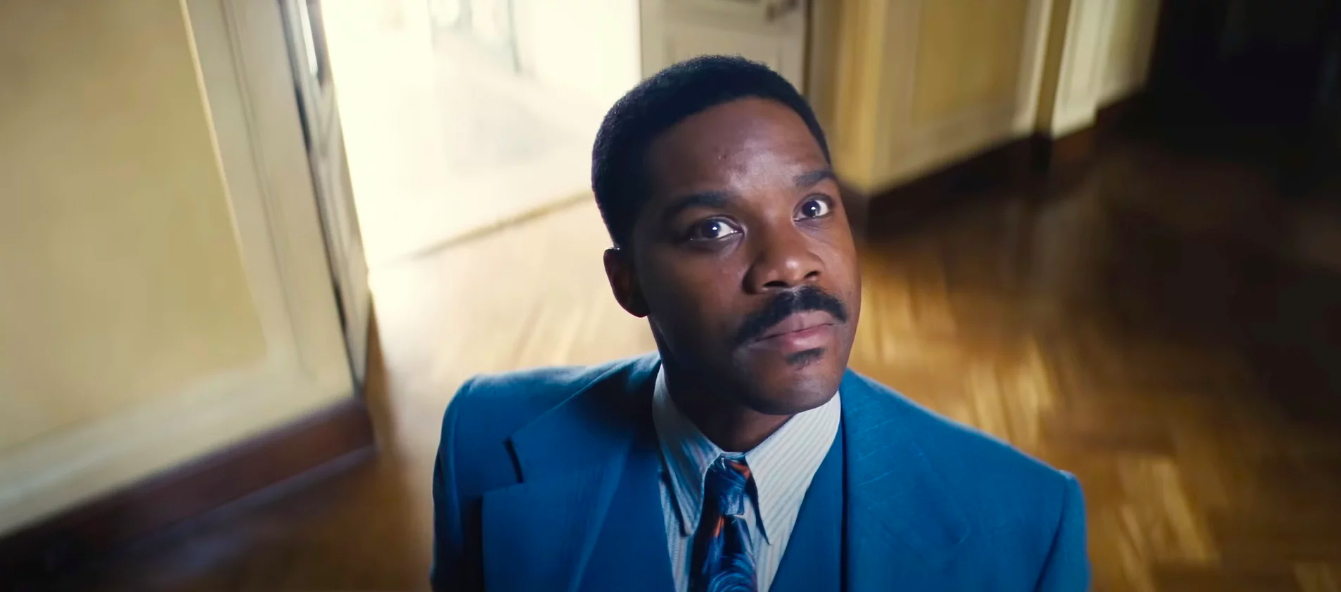Damien Chazelle’s ‘Babylon’ paints the picture of the Hollywood of the 1920s. This is when silent films were still the norm, but the talkies were about to take over and completely change the face of the industry. Many artists struggle to keep their flow with this transition. The film mainly focuses on the stories of these people trying to create or hold on to their stardom. In between this, we also get to see the stories of black artists who suddenly find themselves in the spotlight, after being neglected for so long. Sidney Palmer represents the stories of such people. For those curious about his real-life counterpart, here’s the information you need.
Sidney Palmer is Not Based on an Actual Musician
No, Sidney Palmer is not based on any particular jazz musician. He is however a representation of the people working in the industry during that time and the struggles that they had to face. Damien Chazelle noticed that the introduction of sound presented a unique opportunity for musicians, allowing them to come into the limelight. “There was a brief window of opportunity for black artists when the sound came up,” the director said. He referenced artists like Louis Armstrong, Curtis Mosby, and Ethel Waters, among others, to create the storyline for Sidney’s trajectory.

While Sidney appears in ‘Babylon’ in its first scene at the party, he mainly remains in the background and only gets his time in the spotlight when the talkies break into Hollywood. Before then, white actors who wore blackface played the roles of black characters. While black musicians and actors did get to be on the screen in the talkies, the circumstances were more or less the same, as they were subject to racism and would have to do things that went directly against their morals.
In one of the scenes, after Sidney has been in front of the camera for a number of films, he finds himself in a revolting position of darkening his skin tone to match that of the background singers. This incident is a direct reference to what happened with Fredi Washington on the set of ‘The Emperor Jones’. Reportedly, the studio executives asked her to darken her skin tone to match Paul Robeson’s because they believed that she looked white while filming next to him.
Sidney is appalled by this act and decides to give up the stardom promised by the movies in exchange for his dignity. In the end, we find him playing in local places. It might not pay as well but it doesn’t take away his self-respect. In real life, too, several black musicians put a distance between themselves and stardom after facing abominable behavior on movie sets. Like Sidney, Duke Ellington and Sidney Easton, too, returned to their roots.
Another real-life person who appears to have some similarities with Sidney is Curtis Mosby. Unlike Sidney, who is a trumpeter, Mosby was a drummer and toured with his band the Blue Blowers. He had quite a few problems in his life, some of which had to do with run-ins with the law. However, that doesn’t hide the fact that Mosby and his band had made a name for themselves in the jazz music scene. When the talkies came around, they got to play in a couple of films as well.
Considering all this, it is clear that the director depended on his thorough research to find out more about the life and career of black artists during the 20s and used bits and pieces from their stories to concoct the fictional character of Sidney Palmer. This way, even though he is made-up, he is rooted in reality and the audience can see themselves in him, making him a relatable character and someone that the audience wants to root for.
Read More: Was Babylon’s Manny Torres a Real Movie Producer?


You must be logged in to post a comment.